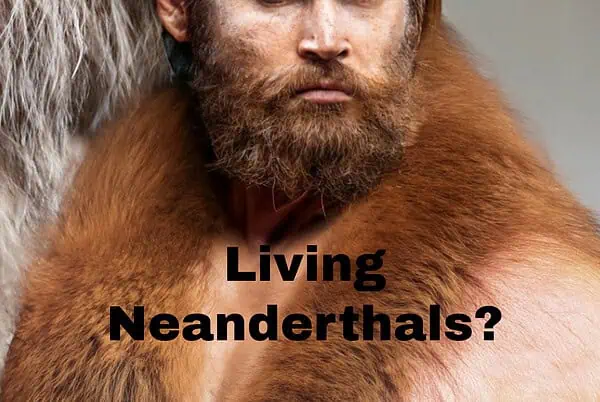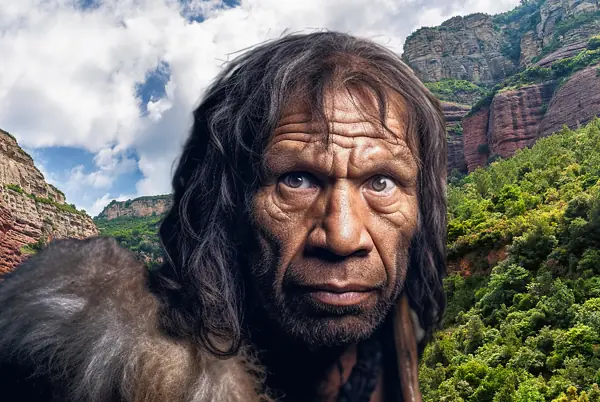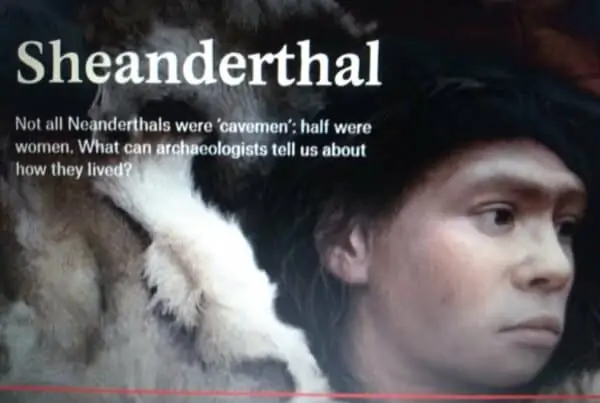“Neanderthals… cranial trauma consistent with warfare. They really were like us, sadly… while they fought with javelins and clubs, we fight with javelin missiles and tanks.” — Dr. Nick Longrich
 Atapuerca is a region in northern Spain full of caves rich in both Hominid fossils and stone tools from the Middle Pleistocene era. At Sima del Elfante (Pit of the Elephant), fragments of a mandible (jaw bone) were found that were dated to 1.2 to 1.3 million years ago. They represent the oldest Hominid fossils discovered in Europe. The site also includes Gran Dolina where Hominid fossils were discovered, most likely belonging to Homo antecessor. Though, other paleo-anthropologists regard the remains as belonging to Heidelbergensis.
Atapuerca is a region in northern Spain full of caves rich in both Hominid fossils and stone tools from the Middle Pleistocene era. At Sima del Elfante (Pit of the Elephant), fragments of a mandible (jaw bone) were found that were dated to 1.2 to 1.3 million years ago. They represent the oldest Hominid fossils discovered in Europe. The site also includes Gran Dolina where Hominid fossils were discovered, most likely belonging to Homo antecessor. Though, other paleo-anthropologists regard the remains as belonging to Heidelbergensis.
There is a third site at Atapuerca, Sima de los Huesos. As described by Britannica:
One of the most astonishing discoveries at Atapuerca is a cave called Sima de los Huesos (“Pit of the Bones”), where more than 1,600 human fossils, including several nearly complete skulls, have been found. The age of this material is at least 300,000 years and may be as old as 600,000 years.
On February 23, a team of researchers led by Nohemi Sala Burgos released a paper at anatomypubs.online:
Taphonomic-forensic analysis of the hominin skulls from the Sima de los Huesos
Nohemi Sala Burgos bio brief:
Dr. Sala is Geologist and holds a Ph.D. in Paleontology from the Complutense University of Madrid. Her research is focused on the site formation processes of paleontological and archaeological sites, from a geological and taphonomic point of view. She is a member of the Atapuerca research team since 2004 where she was trained with Professor Juan Luis Arsuaga and Dr. Arantza Aranburu. She focuses her research on the Sima de los Huesos (Atapuerca) site.
Dr. Burgos received some media attention a few years back, when one of the skulls her team examined was determined to be from a murder victim.
From SciNews, May 2015,
Sima de los Huesos Hominin Skull Shows Evidence of Earliest Known Murder
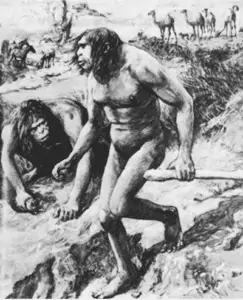 Wounds identified on a 430,000-year-old hominin skull from the archaeological site of Sima de los Huesos in northern Spain may indicate one of the first cases of lethal violence in the hominin fossil record, says a team of scientists headed by Dr Teresa Nohemi Sala Burgos of the Centro Mixto UCM-ISCIII de Investigación sobre Evolución y Comportamiento Humanos in Madrid…
Wounds identified on a 430,000-year-old hominin skull from the archaeological site of Sima de los Huesos in northern Spain may indicate one of the first cases of lethal violence in the hominin fossil record, says a team of scientists headed by Dr Teresa Nohemi Sala Burgos of the Centro Mixto UCM-ISCIII de Investigación sobre Evolución y Comportamiento Humanos in Madrid…
the type of fracture, their location, and that they appear to have been produced by two blows with the same object lead the scientists to interpret them as the result of an act of lethal interpersonal aggression – or what may constitute the earliest case of murder in human history.
Co-authors for the current study include: Ana Pantoja-Pérez, Ana Gracia, and Juan Luis Arsuaga.
From the study:
The Sima de los Huesos (SH) hominin assemblage is composed of thousands of fossil fragments, including pieces of crania and mandibles. The main objective of this work is to address the main taphonomic features of the cranial and mandibular remains from the SH sample, including antemortem, perimortem, and postmortem skeletal disturbances. We present an updated assessment of healed cranial trauma, first described in 1997 and now including new skulls…
The SH hominin assemblage is composed of more than 7,000 fossil fragments derived from 29 individuals. The SH site provides a significant opportunity to carry out a complete forensic-taphonomic study on a Middle Pleistocene population.
The study goes on to give a detailed methodology used in determining the cause of death of the Hominids based on the crania, skull fragments and mandibles. Other factors such as cannibalism, bone abnormalities from illness, “ante-mortem” bites from predators such as bears and hyenas, and even post-mortem gnawing from rodents are ruled out.
They conclude:
the hypothesis that best explains the existence of these lesions would be blunt force impacts that caused depressions on the outer table of the skulls leading to subsequent bone remodeling on the outer table…
the cranial injuries described… which affect practically all the SH cranial individuals, are compatible with healed depression fractures. This suggests that this population was subjected to numerous episodes that caused nonfatal blunt impacts throughout their lives. [Emphasis added]
Numerous examples are given, including this individual:
Cranial individual Cr-17 displays two perimortem traumas in the frontal bone. The dimensions and contours of the two depression fractures were found to be almost indistinguishable (including the presence of a similarly-placed notch in both fracture outlines), strongly suggesting that both fractures were caused by the same object.
Head trauma evidence suggests even the females went to war
Dr. Sala Burgos and her co-authors conclude:
The collection of crania and mandibles from the SH offers an exceptional opportunity to trace taphonomic forensic aspects of a Middle Pleistocene population. The high incidence of trauma with signs of bone regeneration in the cranial bones of almost all the individuals is noteworthy. The cranial injuries are compatible with antemortem trauma, produced by blunt impacts causing the depression of the external table of the crania. Other pathological causes that would explain these minor injuries can be ruled out. The antemortem wounds appear to affect all age categories represented in the collection and both sexes… [Emphasis added]
intentionally induced injuries are the most probable hypothesis and are compatible with the other crania interpreted as cases of interpersonal violence. Recurrent acts of lethal violence among the human groups that inhabited Atapuerca in the Middle Pleistocene thus seem evident.
The researchers add one final, rather gruesome note. The Neanderthals do not appear to have been cannibalistic as Homo antecessor.
Members of Homo antecessor engaged in intergroup conflicts between different communities… However, the mortuary behavior in these two hominins seems to be quite different. Unlike H. antecessor, which consumed the dead individuals after the conflict…, the [Sima de los Huesos] hominins accumulated corpses in a natural pit.
Neanderthals “appreciated art and nature. That’s not inconsistent with them engaging in violence.”
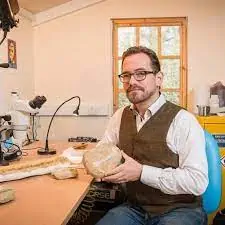 Dr. Nick Longrich is an outspoken and somewhat controversial evolutionary biologist and paleontologist from the University of Bath in the UK. From Nature.com, 2015:
Dr. Nick Longrich is an outspoken and somewhat controversial evolutionary biologist and paleontologist from the University of Bath in the UK. From Nature.com, 2015:
Longrich was part of a team that in 2015 reported the first four-legged fossil snake, a high-profile discovery published in Science; in 2010, he grabbed the media spotlight with his discovery of the whimsically named Mojoceratops perifania dinosaur.
Dr. Longrich was the first out of the gate with a reaction to the new findings (via Twitter):
“Neanderthals show evidence of cranial trauma consistent with warfare. They really were like us, sadly. We’re more advanced with them in the sense that while they fought with javelins and clubs, we fight with javelin missiles and tanks.”
We asked Dr. Longrich to elaborate, does this mean that Neanderthals were not the “touchy feely Woodstock generation, flowers in the hair gentle beings,” that many liberal academics in the paleo-anthropology and certain authors on Neanderthals make them out to be?
His response to Subspeciest:
I suspect they could be loving, caring, gentle with friends and family; that they were spiritual people who appreciated art and nature. That’s not inconsistent with them engaging in violence. Humans are contradictory creatures, torn between our creative & destructive instincts.
He added:
“The line separating good and evil passes not through states, nor between classes, nor between political parties either — but right through every human heart.” Probably true of Neanderthals too. People are complicated, but then that’s what makes us interesting.
